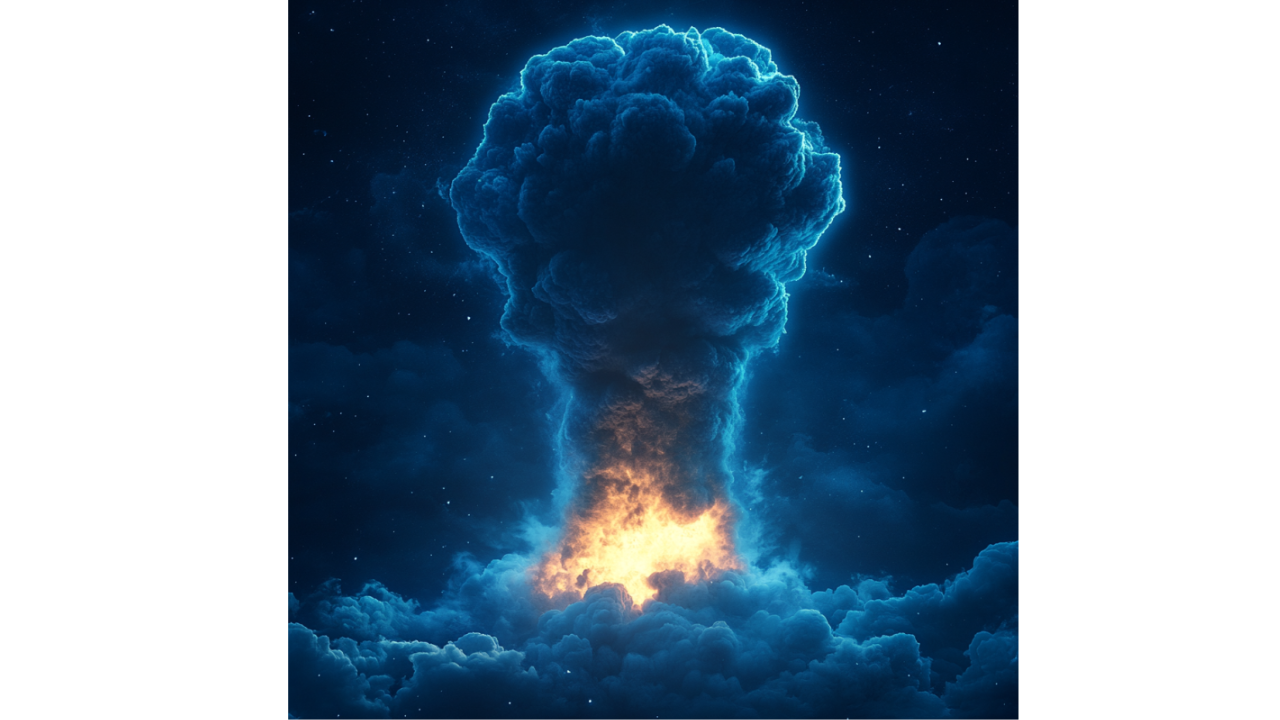1 min read
Meta's Leaked AI Guidelines = Chatbots Engage in "Sensual" Conversations With Children
Welcome to Meta's America, where algorithms whisper sweet nothings to eight-year-olds and Mark Zuckerberg's "boring" safety measures are the only...
4 min read
 Writing Team
:
Jun 3, 2025 8:00:00 AM
Writing Team
:
Jun 3, 2025 8:00:00 AM

Mark Zuckerberg just made a bet that would make even the most optimistic venture capitalist wince. Meta's 20-year nuclear deal with Constellation Energy to keep Illinois' Clinton Clean Energy Center running until 2047 sounds like exactly the kind of forward-thinking climate leadership we need. Except for one tiny detail: nuclear power has the worst track record of any energy infrastructure when it comes to actually getting built on time and on budget.
We're not talking about minor hiccups here. We're talking about an industry where the average nuclear plant experiences 102.5% cost overruns and ends up costing $1.56 billion more than expected. Georgia's Plant Vogtle—the poster child for American nuclear renaissance—came in $17 billion over budget and seven years late. But sure, let's bet the entire AI revolution on this technology.
@aeyespybywinsome To paraphrase Fiona Apple, "Eventually is a promise" #ai #nuclearpower #energycrisis
♬ original sound - AEyeSpy
Here's what the press releases won't tell you: AI data centers will consume 945 terawatt-hours by 2030, roughly equivalent to Japan's entire electricity consumption, representing a doubling from 2024 levels. Meta's 1.1-gigawatt Illinois plant extension sounds impressive until you realize it's a drop in an ocean of exponentially growing demand.
Goldman Sachs projects data center power demand will grow 160% by 2030, with US utilities needing to invest around $50 billion in new generation capacity just for data centers alone. The International Energy Agency puts it even more starkly: data centers are projected to drive more than 20% of electricity demand growth in advanced economies between now and 2030.
Meanwhile, only 63 nuclear reactors are currently under construction globally, representing just over 70 gigawatts of capacity. At current construction rates, we're not building nuclear fast enough to power a small city, let alone the AI revolution.
The dirty secret about nuclear power isn't that it's unsafe—it's that it's catastrophically slow and expensive. Nuclear power plants exhibit the highest investment risk among all energy infrastructure, with average construction cost overruns of 102.5%. Compare that to solar, which has seen 95% cost reductions over the past decade while nuclear costs have only increased.
The timeline delusion is even worse than the cost delusion. Concrete placement issues have plagued every recent nuclear project, causing delays ranging from 4 to 9 months per incident. The industry's own data shows that most planned reactors are expected to be in operation within the next 15 years—which means the nuclear plants being promised today won't meaningfully contribute to AI's energy needs until the late 2030s.
By then, we'll either have solved AI's energy efficiency problem through better hardware and algorithms, or we'll have missed every climate target worth caring about.
While Big Tech executives make splashy announcements about nuclear partnerships, here's what's actually happening: natural gas has become the default to meet soaring demand from data centers, with new plants having lifetimes of about 30 years, potentially running past 2050. Goldman Sachs expects incremental data center power consumption in the US will drive around 3.3 billion cubic feet per day of new natural gas demand by 2030.
The climate math is brutal. Two-thirds of planned electricity capacity is set to come from renewable sources, but new gas-fired plants in the US will drive an expansion in natural gas-fired capacity as well. We're extending our reliance on fossil fuels precisely when we need to be eliminating it.
Meta can trumpet all the carbon credits and renewable energy certificates it wants, but the physics don't lie. AI's exponential energy growth is happening now, and nuclear's glacial deployment timeline means gas plants will fill the gap.
The nuclear industry's latest salvation story involves Small Modular Reactors (SMRs)—factory-built, standardized units that promise to solve nuclear's construction problems. The IAEA projects significant contribution from SMRs in their high-case scenario for nuclear expansion by 2050, and the White House has prioritized work to have 10 new large reactors with complete designs under construction by 2030.
But SMRs face the same fundamental challenge: they don't exist at commercial scale yet. The first demonstration projects are expected by the mid-2020s, with commercial deployment potentially in the 2030s. That's another decade of promises while AI's energy consumption doubles and triples.
Even if SMRs work perfectly—and the nuclear industry's track record suggests optimism is unwarranted—they're arriving to a party that will already be over.
The implications for growth teams and marketing leaders extend far beyond energy policy. We're watching Big Tech make massive infrastructure bets based on technologies that might not scale within relevant timeframes. This is strategic planning at its most delusional.
Data centers could account for up to 21% of overall global energy demand by 2030 when the cost of delivering AI to customers is factored in. The cost implications alone should make every CFO reconsider their AI strategy. Processing a million tokens—a dollar's worth of compute time—emits carbon equivalent to driving a gas-powered vehicle 5 to 20 miles.
Smart marketers should be asking harder questions about AI's true cost structure and long-term viability. If the energy infrastructure can't scale to meet demand without massive carbon emissions, what does that mean for sustainability commitments? If nuclear promises don't materialize and gas plants fill the gap, how do you reconcile AI adoption with climate goals?
Meta's nuclear deal represents the best-case scenario for AI and clean energy: a motivated tech giant with unlimited resources partnering with an experienced utility to extend an existing, functioning nuclear plant. If this is the success story, we're in trouble.
The reality is that AI's energy demands are growing exponentially while clean energy infrastructure scales linearly at best. Nuclear power, despite its promise, has consistently failed to deliver on timeline and cost projections. Georgia's Plant Vogtle took seven years longer and cost $17 billion more than expected, and that was with unprecedented government support and regulatory focus.
The math suggests we're heading toward a collision between AI ambitions and energy reality. The question isn't whether nuclear can eventually power the AI economy—it's whether we can afford to wait for eventually while burning through carbon budgets and climate deadlines.
The smarter bet? Investing in AI efficiency improvements and demand management rather than betting everything on nuclear miracles that consistently fail to materialize when promised.
Don't let energy infrastructure fantasies derail your growth strategy. Contact Winsome Marketing's growth experts to build sustainable, realistic plans for the AI economy that actually exists—not the one we wish we had.

1 min read
Welcome to Meta's America, where algorithms whisper sweet nothings to eight-year-olds and Mark Zuckerberg's "boring" safety measures are the only...
-2.png)
We all saw this coming from the moment Mark Zuckerberg started playing the benevolent tech saint, didn't we? The guy who built his empire on...

There's something profoundly evil about a machine designed to mimic human connection being used to exploit the most vulnerable among us. Thongbue...